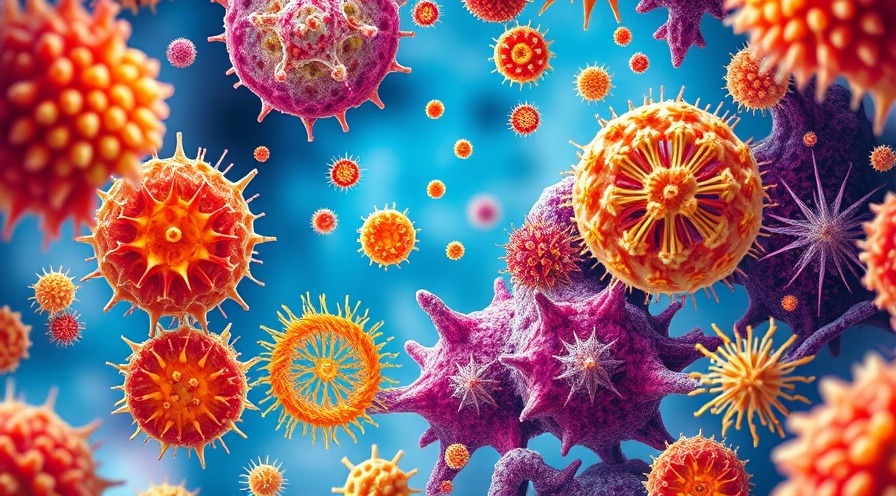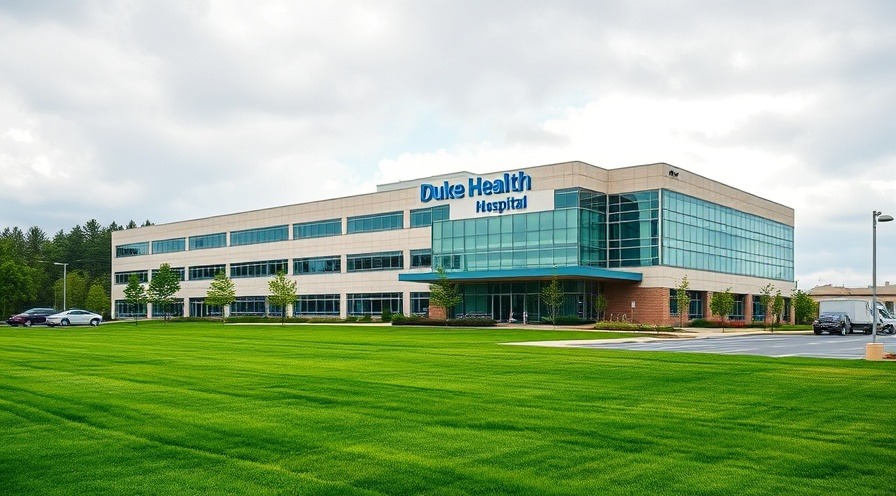
Understanding Mold: A Silver Lining in Nature's Aftermath
Natural disasters, while devastating, often lead to ecological changes that can teach us valuable lessons. The mold discovered in Black Mountain after a recent flood serves as an important reminder of the intricate relationship between health, fungi, and our environment. This article delves into how the very organisms that contribute to decay can also hold secrets to recovery and resilience.
The Health Risks of Mold Exposure
Mold spores can pose serious health risks when inhaled, particularly for individuals with pre-existing respiratory conditions, allergies, or weakened immune systems. According to the CDC, mold can contribute to respiratory issues, asthma attacks, and allergic reactions. In the wake of a disaster, understanding these potential health hazards is critical for community health and safety. This places an emphasis on the need for post-disaster assessments to address mold exposure and implement remediation strategies.
Fungi as Nature’s Recyclers
Despite its negative connotations, mold plays a crucial role in the ecosystem. Acting as a natural recycler, fungi break down organic materials, returning nutrients to the soil. This process is essential for the health of ecosystems and can even lead to more resilient agricultural practices post-disaster. Through research, communities can harness the beneficial properties of certain molds to explore innovative ways to enhance soil health and promote sustainable recovery.
Moving Beyond Fear: Embracing a Holistic Approach
As societies grapple with the aftermath of natural disasters, there is an essential conversation to be had regarding our relationship with mold and fungi. Rather than viewing them solely as threats to human health, we should consider their ecological benefits and potential medical applications. Certain fungi, for instance, have been researched for their antifungal properties and could be valuable in pharmaceutical developments.
Future Predictions: Evolution of Health Guidelines
As our understanding of mold expands, changes in health guidelines will likely evolve. Increased emphasis on research can lead to improved building practices, enhanced defensive measures against mold growth, and better community preparedness in the face of natural disasters. This proactive approach is essential for protecting public health while also recognizing the ecological importance of fungi.
Diverse Perspectives: Medical vs. Ecological
The medical community often underscores the dangers of mold, but ecological perspectives remind us of its critical role in nutrient recycling. A balanced view that acknowledges both risks and benefits can shape comprehensive disaster response plans. For instance, integrating health risk assessments with ecological studies can lead to more informed decisions that protect communities while also preserving essential microbial functions.
Actionable Insights for Communities
Communities must prioritize education on mold prevention and management in their disaster preparedness plans. Practical steps include training on proper cleanup procedures, investing in mold-resistant building materials, and conducting regular health assessments to monitor vulnerable populations. Engaging local stakeholders in these conversations can foster a culture of preparedness that values both health and ecology.
Mold in Black Mountain serves as an emblematic case study, offering insights into the resilience of our ecosystems and our health. By embracing a dual perspective that recognizes the complex roles fungi play, we can build smarter approaches to disaster recovery that prioritize both community wellbeing and ecological integrity.
 Add Row
Add Row  Add
Add 




Write A Comment